It was a phone call with her stepfather in the US that set Maria Sturm on a path to the photographic project that became You Don’t Look Native to Me. He happened to mention a friend of his, a fellow professor, from the Monacan Indian Nation of Virginia, a tribe that was at that time in 2011 federally “unrecognised” (they eventually received it in 2018). Maria, based in Berlin, was struck by the term. “I stumbled over the word ‘unrecognised’ together with Native American,” she says. Hearing it left her feeling like she’d been taken hold of and shaken. Maria immediately wanted to understand what it meant for those living with the reality of this official unrecognition. As soon as she was able to, Maria headed to North Carolina, where her stepfather’s friend was teaching, and there she found out about the local Lumbee tribe.
The Lumbee are one of around 400 self-identified tribes that are currently unacknowledged by the Federal Bureau of Indian Affairs (BIA), though they were state-recognised in 1885. From that first visit, the photography project began to take shape and continued as Maria returned many times over the years to document Lumbee people, their lives and opinions.
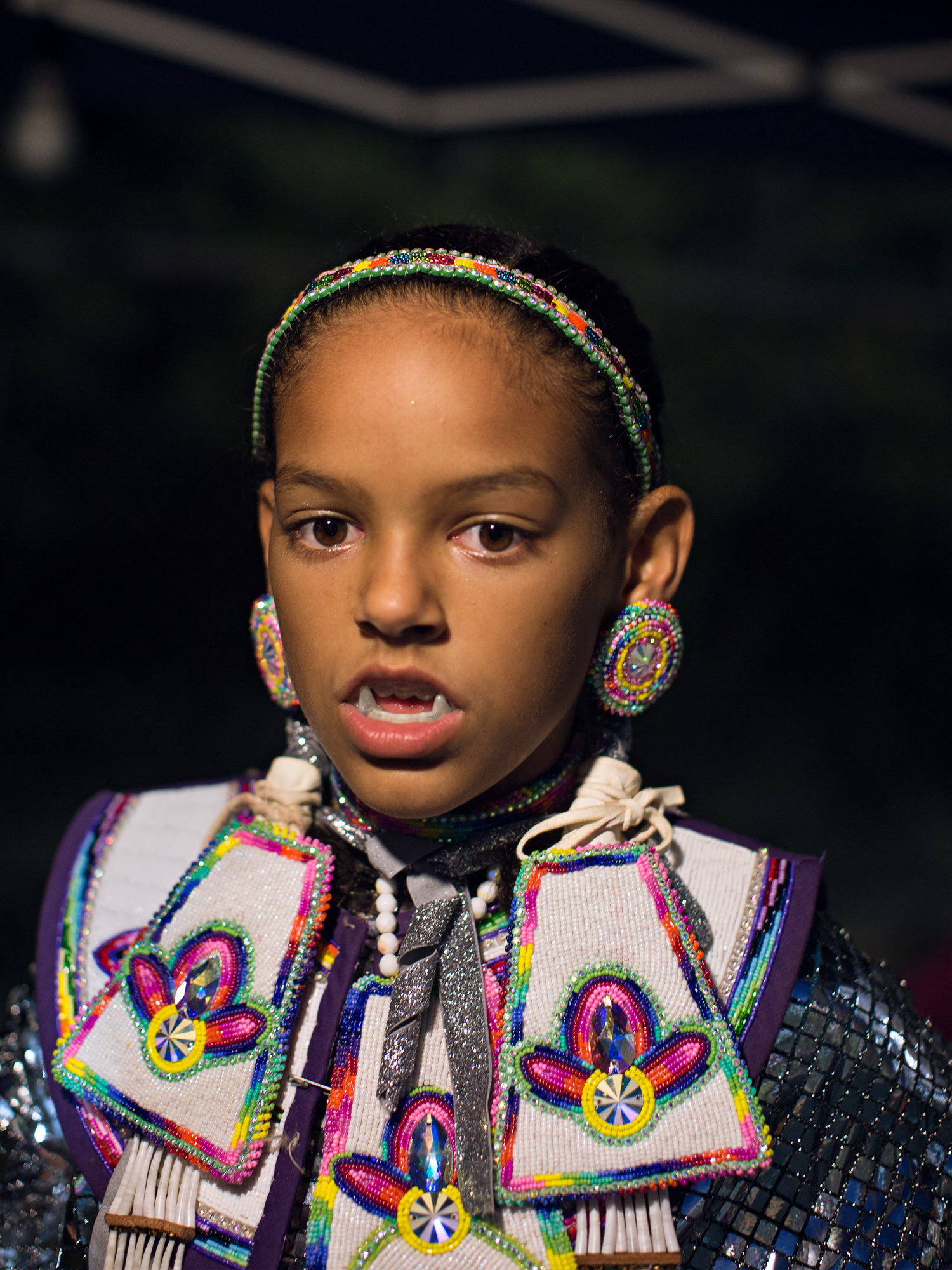
The project’s resulting book, You Don’t Look Native to Me, explores ideas of identity, stolen histories, stereotypes and belonging in the specific context of the Lumbee, whose quest for federal-level recognition is one of the most contested. But the ideas and questions posed ripple outwards. The book asks for reflection on our own assumptions and prejudices, as well as how we gain our sense of self — what knowledge we have access to and where that knowledge comes from.
Part of what makes Maria’s approach compelling is that she doesn’t allow for easy narratives to be formed. In You Don’t Look Native to Me, we see the rhythm of what could be everyday life in any number of remote and economically deprived American towns. There is poverty, but also a strong feeling of community and a sense of pride.

Punctuated throughout the book are symbols of Indigenous America, some that are remnants from a culture that has both been lost through the violence of colonialism yet is being recovered and reclaimed by a new generation. There are also emblems that represent the commercialisation of stereotypes — that could be considered to exemplify caricature and cultural theft for profit. After decades of pressure, the football team formerly known as the Washington Redskins finally changed their name and stereotyped imagery. But what does it mean for a Lumbee person — a member of a tribe whose claim to Native identity has long been denied by the federal government but also vehemently by other recognised tribes — to don that controversial logo, to relate with it on a symbolic level and wear it with a feeling of pride?
The question is complicated by the appearance of the man wearing it. The title of the book makes explicit a comment that many Lumbee people have heard. It echoes their treatment by the BIA — that they’re somehow not Indian enough to qualify for full recognition.
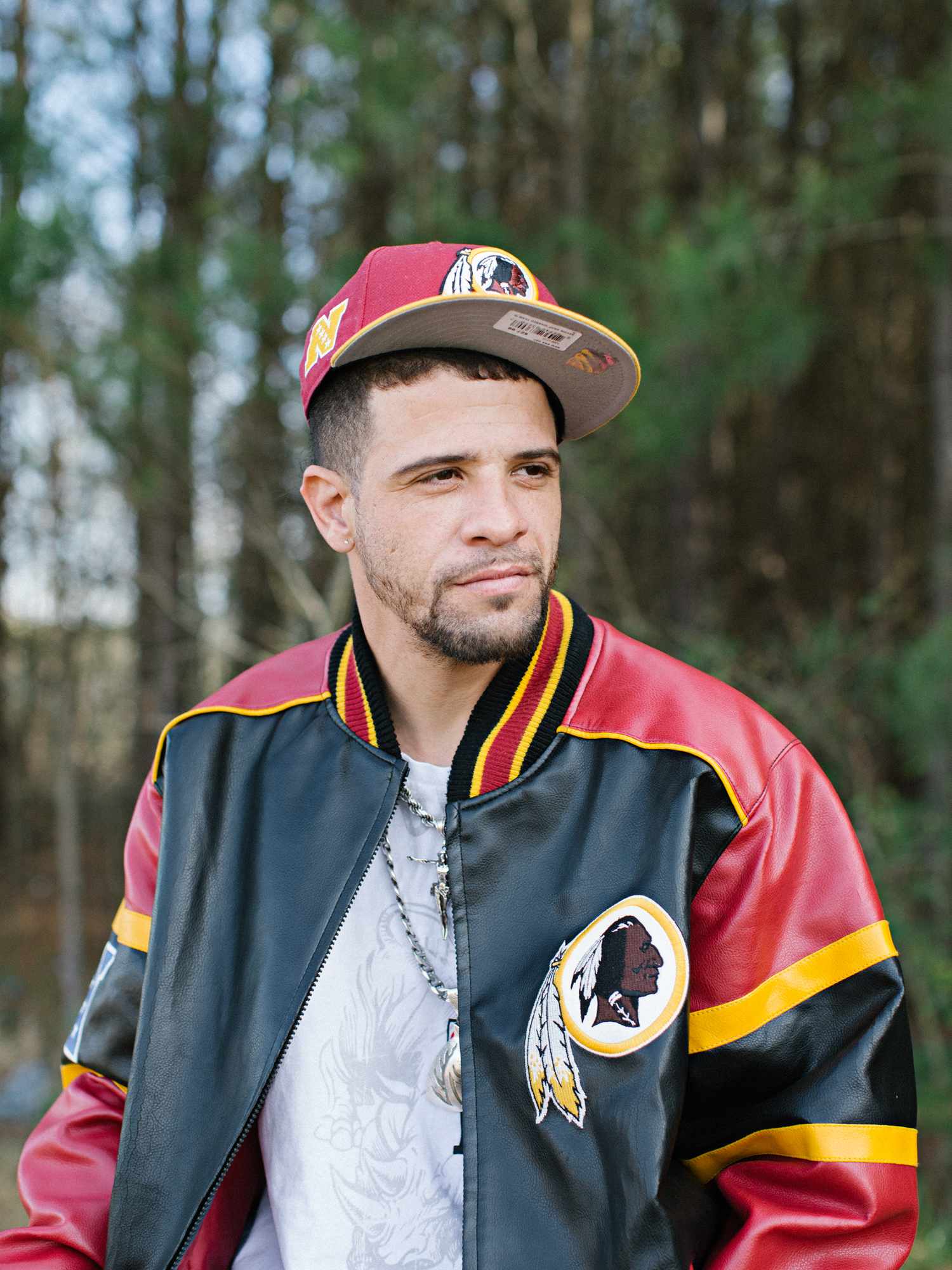
The name “Lumbee” was chosen in 1953 to represent the descendants of the area’s tribes, a reference to the Lumber River. It was hoped that agreeing upon a name would help their case for full recognition. In fact, it ended up counting against them, as it was deemed to show the tribe didn’t exist as a single entity prior to that. In 1956, they were partially recognised by the US government, but with a specific denial of access to benefits that tribes are due when fully accepted by the BIA — rights of sovereignty, giving them a government-to-government relationship with the US and hundreds of millions in funding.
The Lumbee of today are descended from numerous different Indigenous tribes with different languages and no unified tribal religion — many Lumbee are Christian — that once inhabited the lands of North Carolina. It’s not agreed upon exactly which tribes are Lumbee ancestors, but archaeological evidence shows that Native Americans inhabited that land since 12,000 BC. In the 18th and 19th centuries, the various tribes now linked to the Lumbee, some of whom fled to that area due to the effects of colonisation, mixed with a group of white settlers as well as free Black people surviving in the Jim Crow South. The intermarriage further complicates their heritage, which matters when it comes to determining sovereignty. It accounts for some of the resistance the Lumbee get in their quest for full acknowledgement.

Not long after Maria first arrived in North Carolina, she met Johnathan Jacobs, a university student and member of the Lumbee, who showed her around the area and introduced her to others from the tribe. “It was very crucial that I met him,” Maria says. “He was, at the time, interested in showing me around because he had a lot of questions himself. He knew he was Lumbee, but he didn’t grow up with parents who taught him a lot about the Native American traditions because maybe they didn’t know.” Jonathan was beginning to learn more about his heritage through his studies, and he had a lot of sadness that he hadn’t had a deeper connection to his culture during a difficult upbringing. It could have, he felt, made life different for him.
Throughout You Don’t Look Native to Me, Maria has included snippets of the many hours of conversations she had with Johnathan and other tribe members she spent time with. These threads of narrative give another layer to the story being shown here. Though they are only fragments, they show a complexity of viewpoints that can be contradictory and that are shifting with different generations.
The Lumbee fight for full recognition continues to this day. As one of the subjects of the book, Dr Lynn Jacobs, says, “We are the only people in the world that have to prove who we are.”
‘You Don’t Look Native to Me’ is published by VOID and available to purchase here.
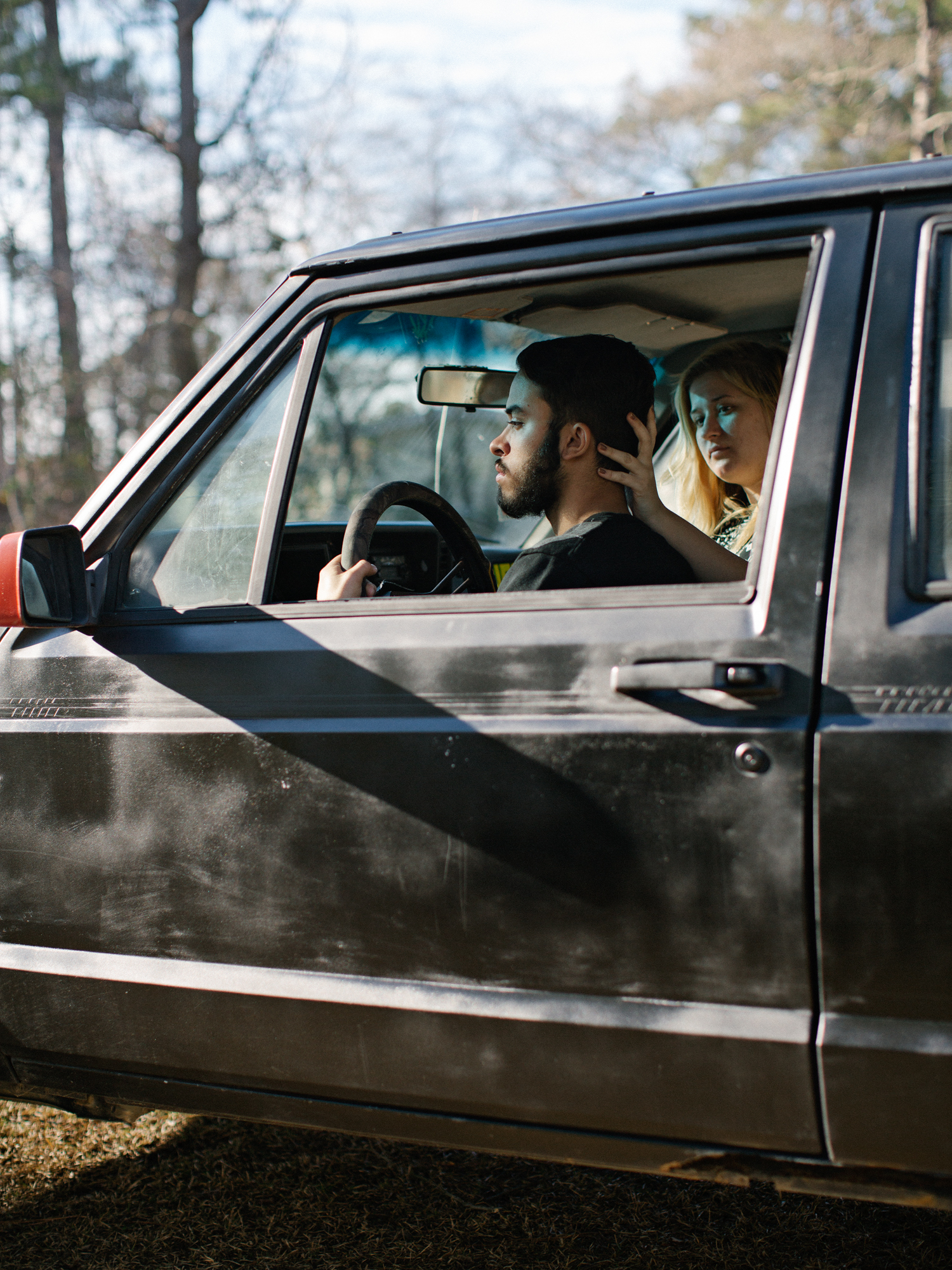
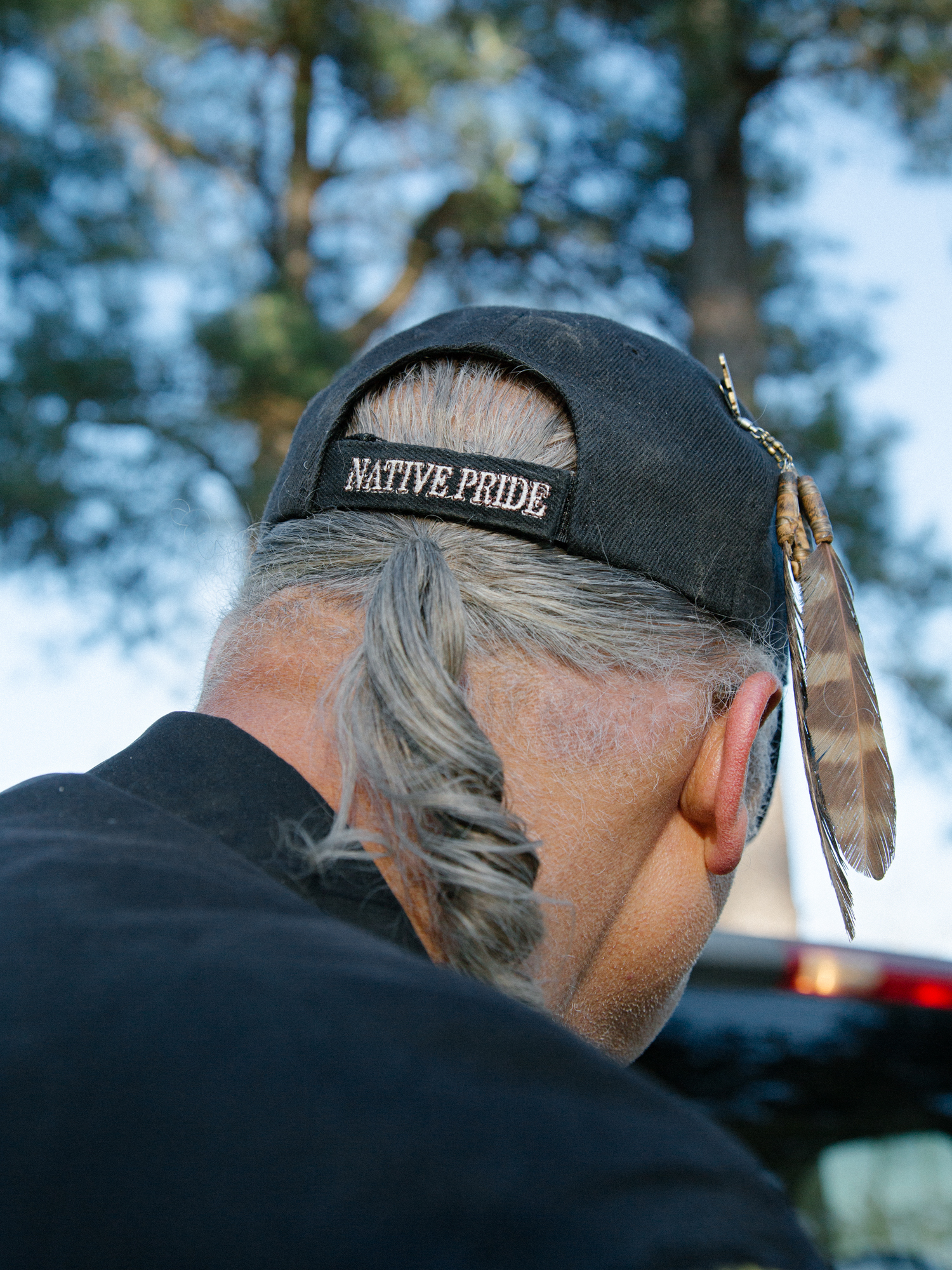
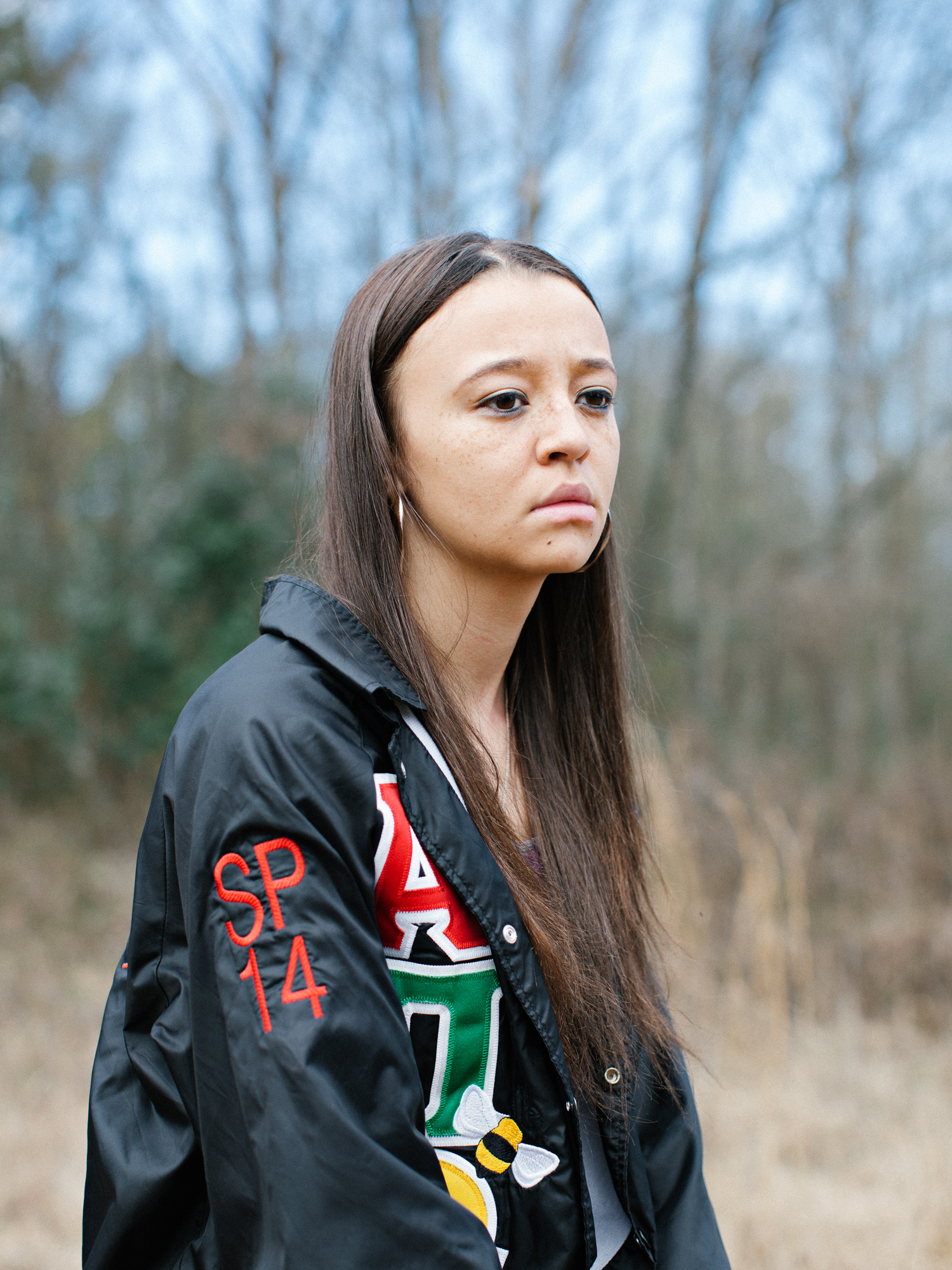
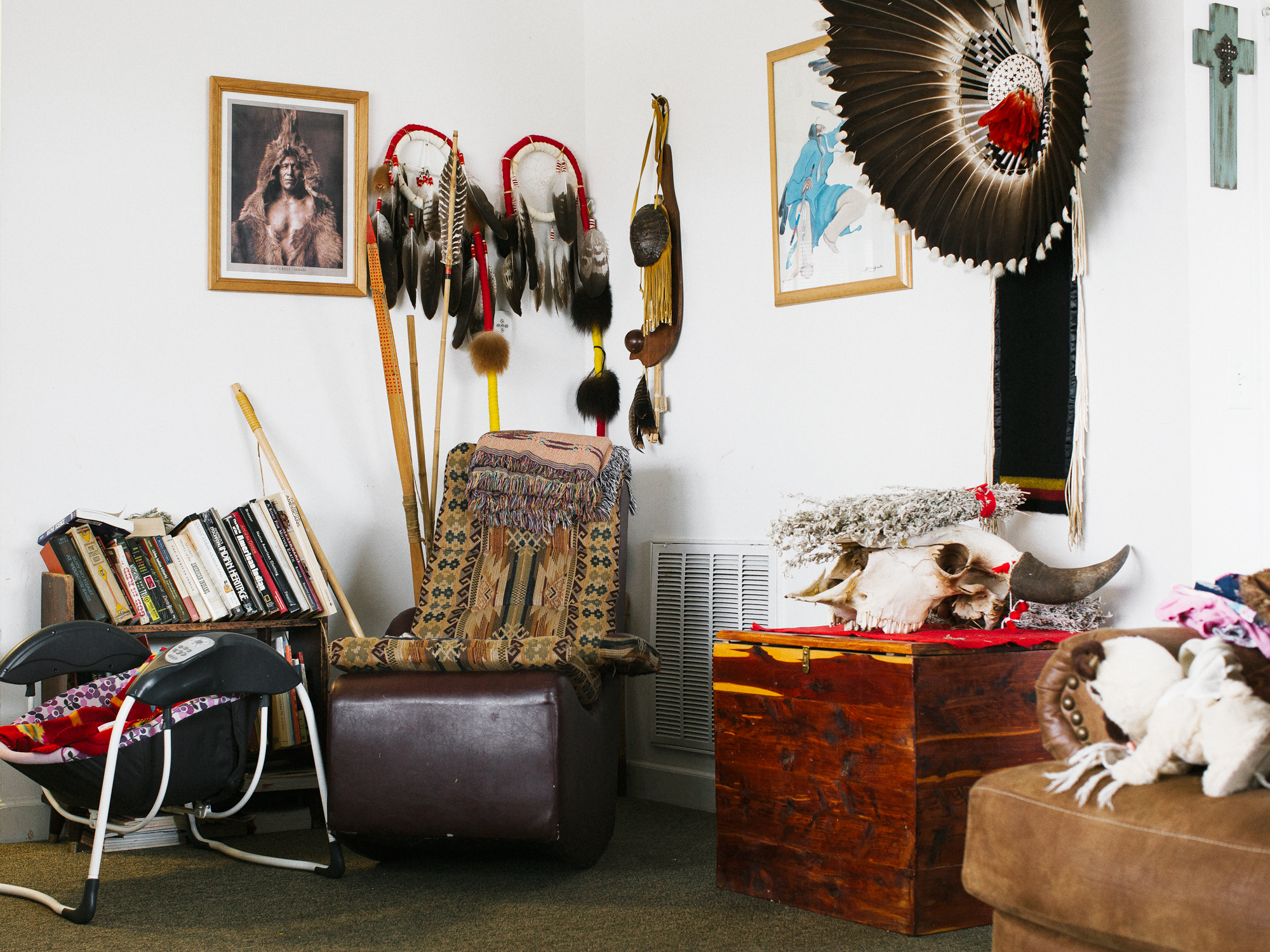

Credits
A note from Maria Sturm on the use of the term Native American:
“In the past few years, I’ve noticed a growing shift in using the term Indigenous for self-identification in comparison to Native American. One of the protagonists has expressed a preference for pre-colonial America Native rather than American, which I respect. For the purposes of this project, after research and consultation, I decided to use the term Native American as it seems to still be the most widely used and accepted in official texts and publications. However, I felt it important to acknowledge the debate and that this term is imperfect.”
